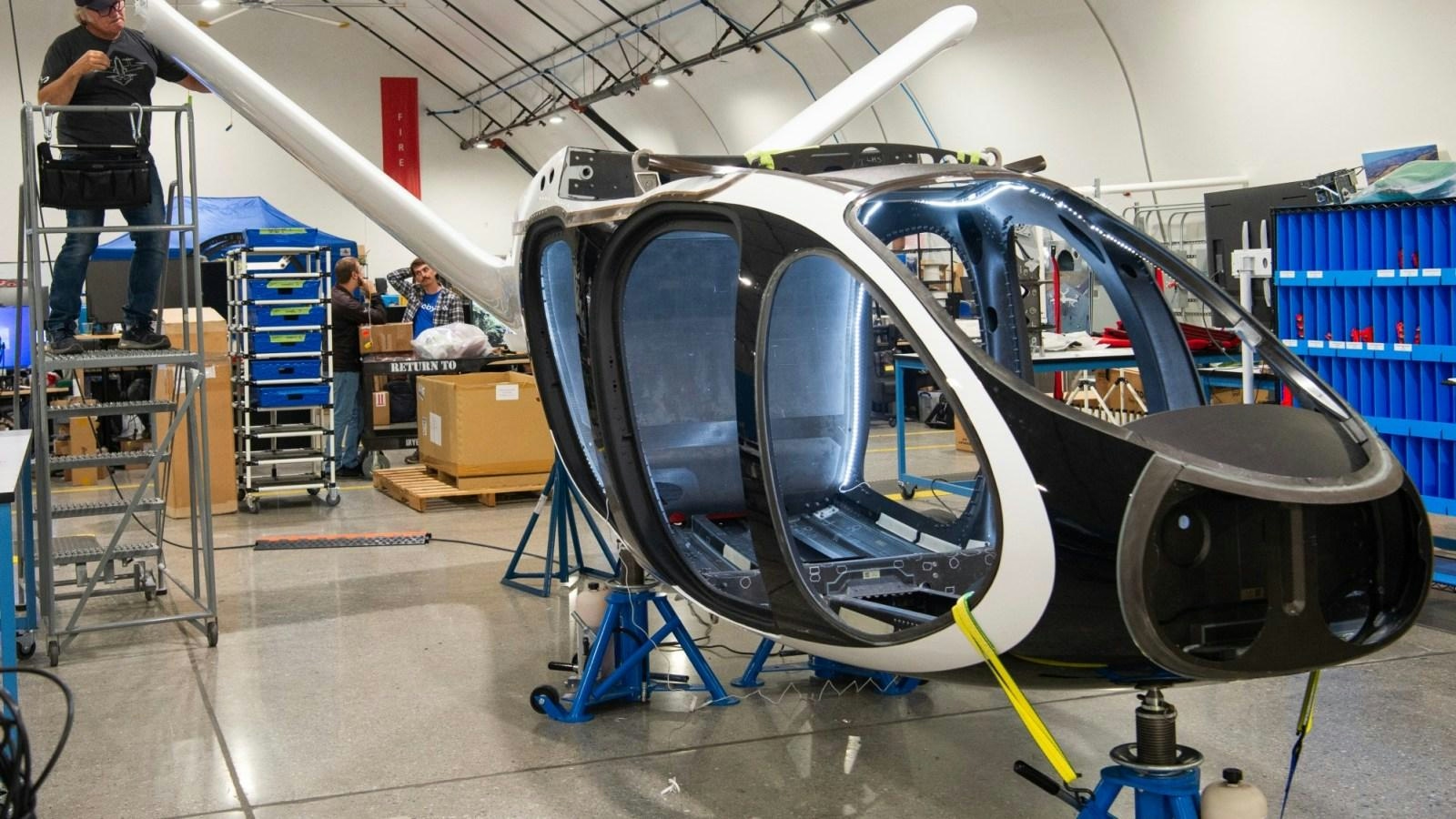
AeroGenie — あなたのインテリジェントな副操縦士。
現在のトレンド
Categories
FAA Proposes Extending Newark Flight Restrictions Through 2026
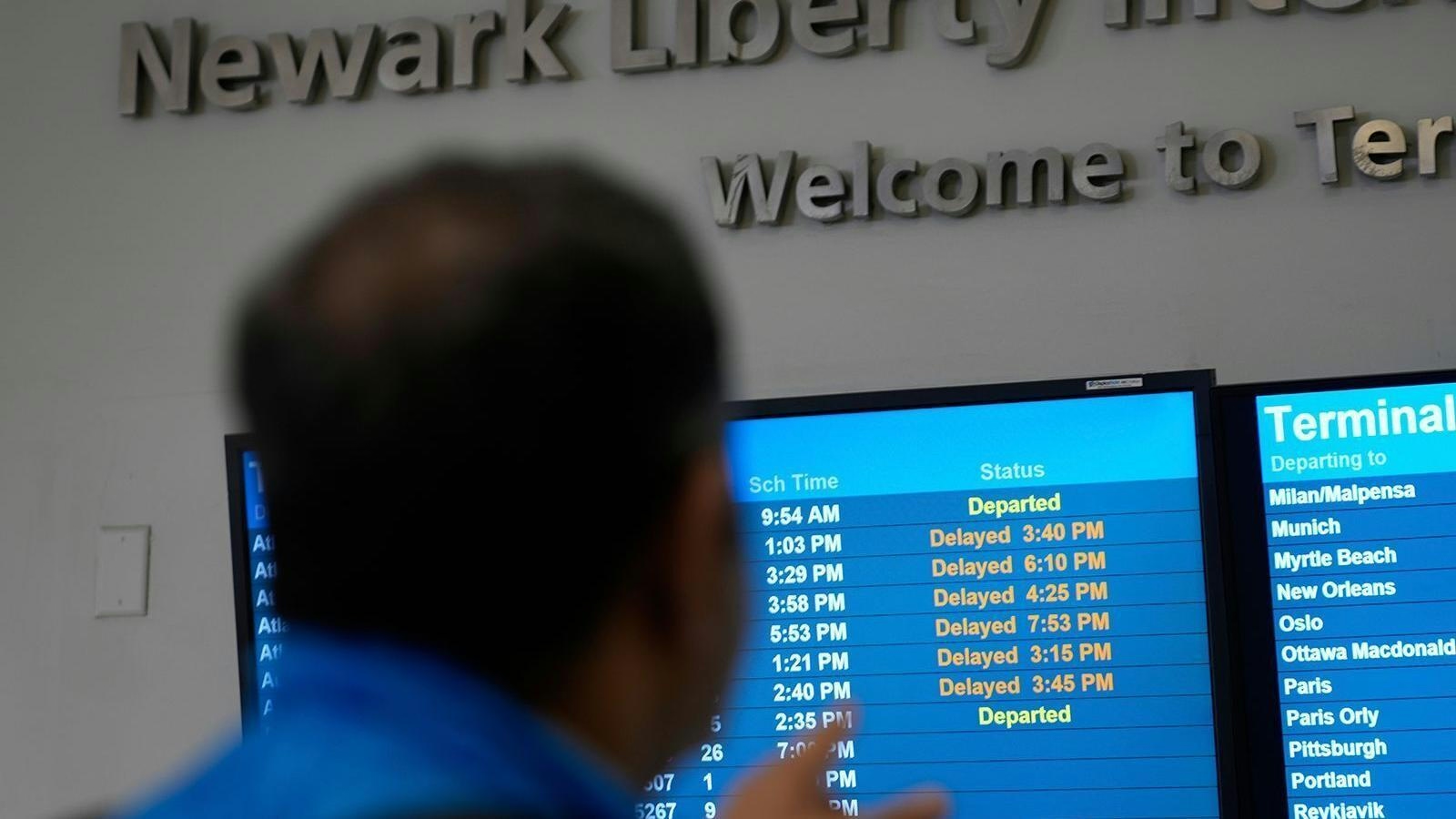
FAA Proposes Extending Newark Flight Restrictions Through 2026
Extension of Flight Caps Amid Ongoing Operational Challenges
The U.S. Federal Aviation Administration (FAA) has put forward a proposal to extend flight restrictions at Newark Liberty International Airport through October 2026. This plan, announced in a notice filed on August 8, seeks to slightly increase the current hourly flight cap while addressing persistent air traffic controller shortages and congestion at the critical New York-area hub. The FAA is soliciting public comment as it navigates these operational challenges.
The proposal aims to amend and prolong a June order that currently limits flights at Newark and is scheduled to expire later this year. Starting in October, the FAA would permit up to 72 operations per hour—divided equally between 36 arrivals and 36 departures—outside of construction periods. This represents a modest increase from the existing cap of 68 flights per hour but remains below the airport’s typical capacity of approximately 77 operations per hour, as noted by United Airlines CEO Scott Kirby.
Background and Industry Implications
Flight restrictions at Newark were initially imposed in May following a series of technology outages and staffing shortages that caused widespread delays and cancellations. These issues were further exacerbated by ongoing runway construction, leading to protracted negotiations with affected airlines before the initial flight reductions were implemented.
The extended restrictions are primarily intended to mitigate staffing difficulties at a Philadelphia air traffic control facility responsible for managing Newark’s traffic flow. However, the FAA’s proposal arrives amid intensified scrutiny over its prior decisions to relocate air traffic controllers, actions that some industry experts argue have worsened staffing deficits and operational bottlenecks.
The potential extension has raised concerns among airlines, particularly United Airlines, which depends on Newark as its largest international hub and a vital domestic gateway. Since the initial restrictions took effect, United has experienced a notable decline in market share at the airport. Industry analysts warn that competitors such as Delta Air Lines may seize the opportunity to expand their presence in the New York City area if United’s operations continue to be constrained.
Market responses to the FAA’s proposal are expected to be closely monitored as airlines assess the implications of prolonged capacity limits amid ongoing congestion and staffing challenges. The FAA continues to invite public feedback as it seeks to balance safety considerations with the operational demands of one of the nation’s busiest air travel corridors.
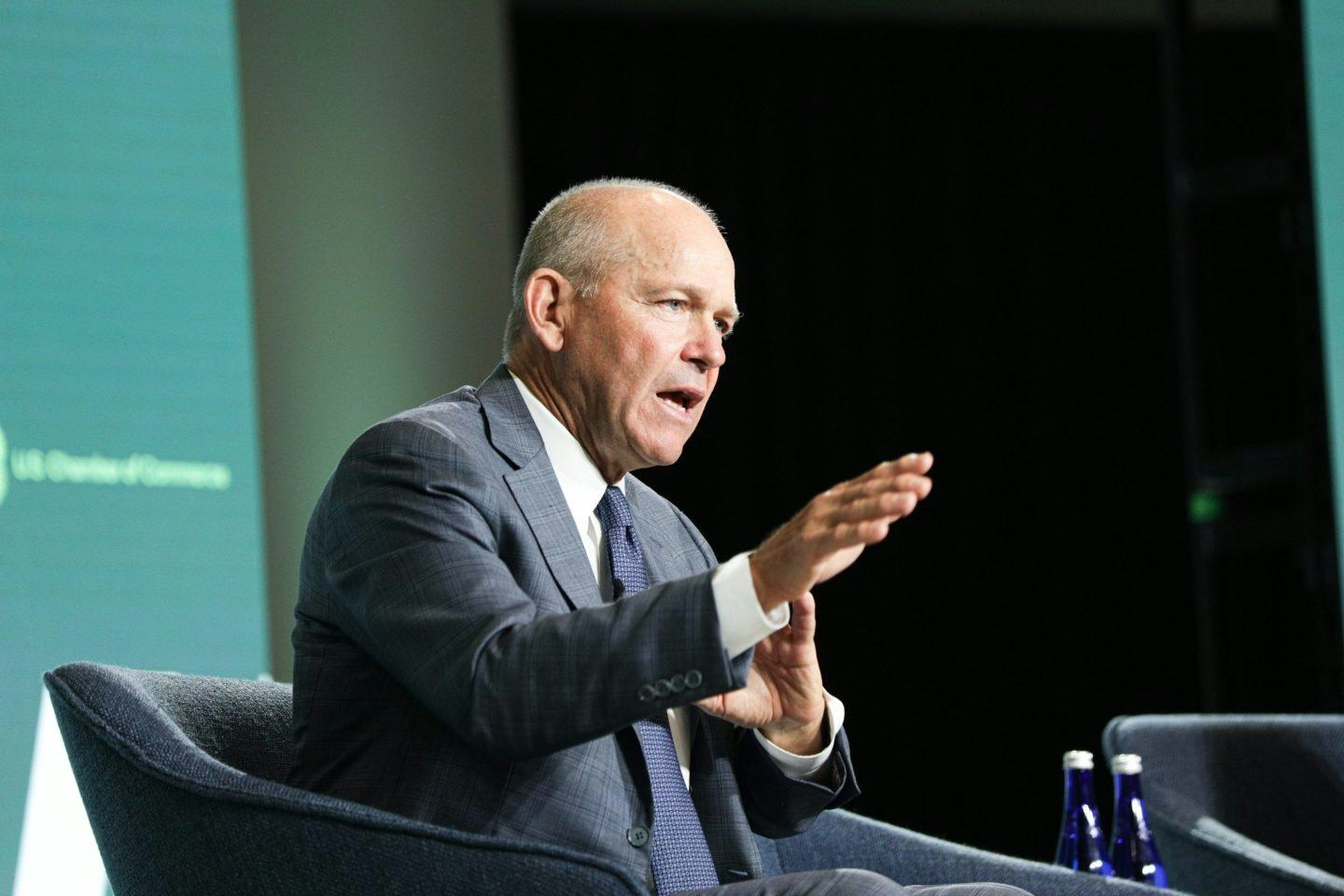
Aerospace and Defense Executives Warn of Ongoing Supply Chain Vulnerabilities

ABM Industries’ Aviation Partnership Signals Broader Innovation Strategy
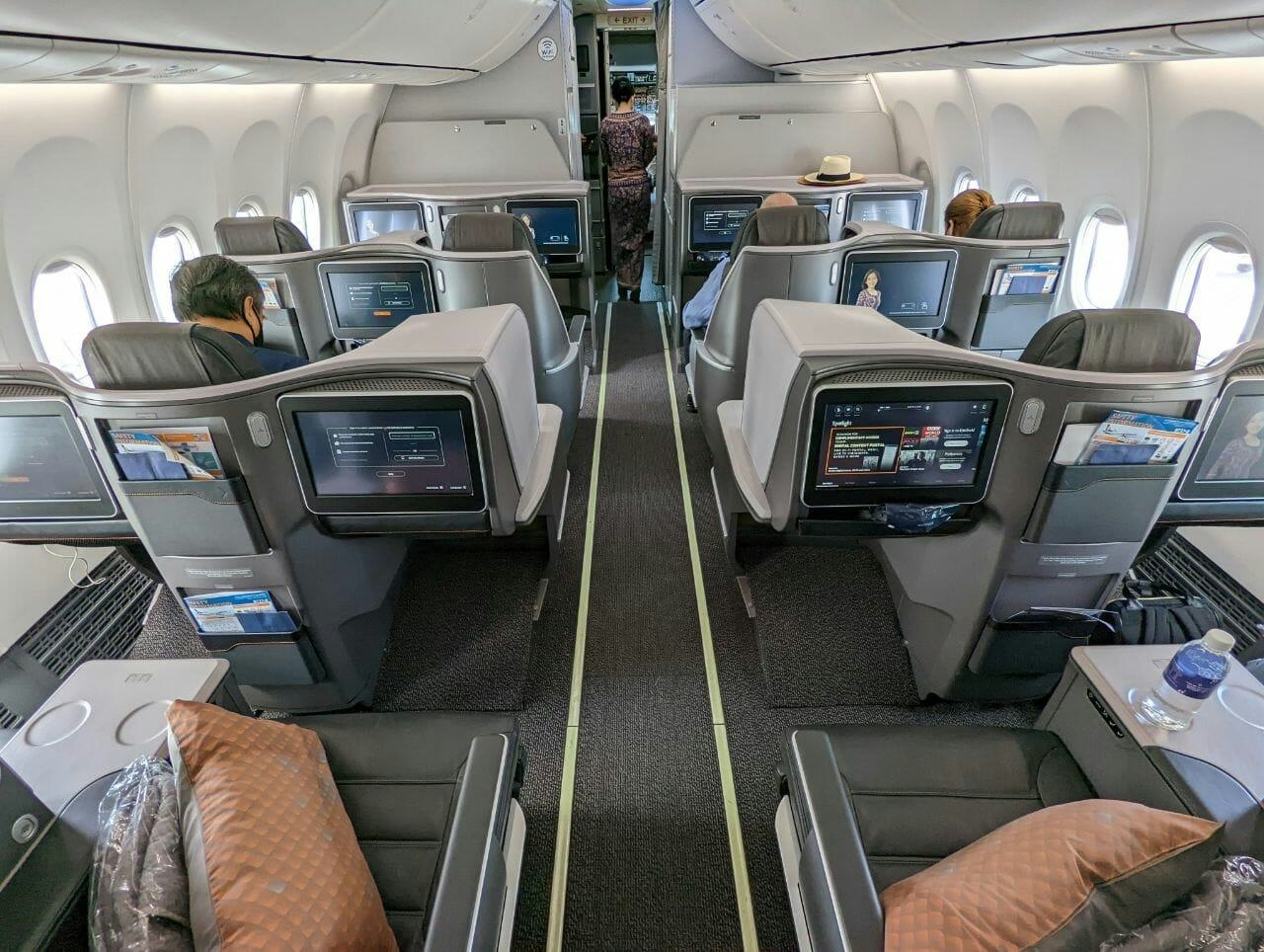
Singapore Airlines 737 MAX Business Class Review
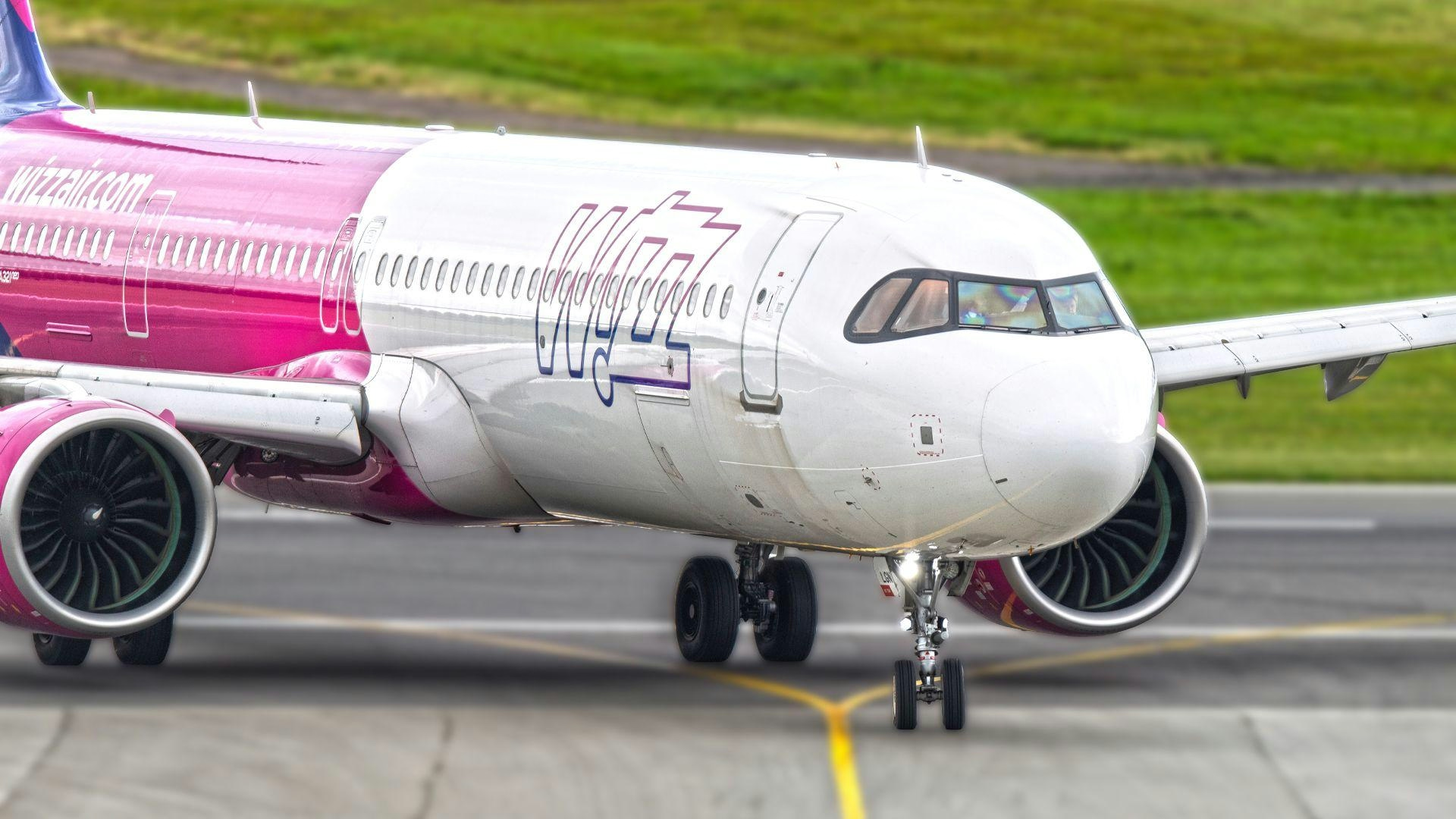
Wizz Air Grounds Two A321XLR Aircraft and Cuts Future Orders
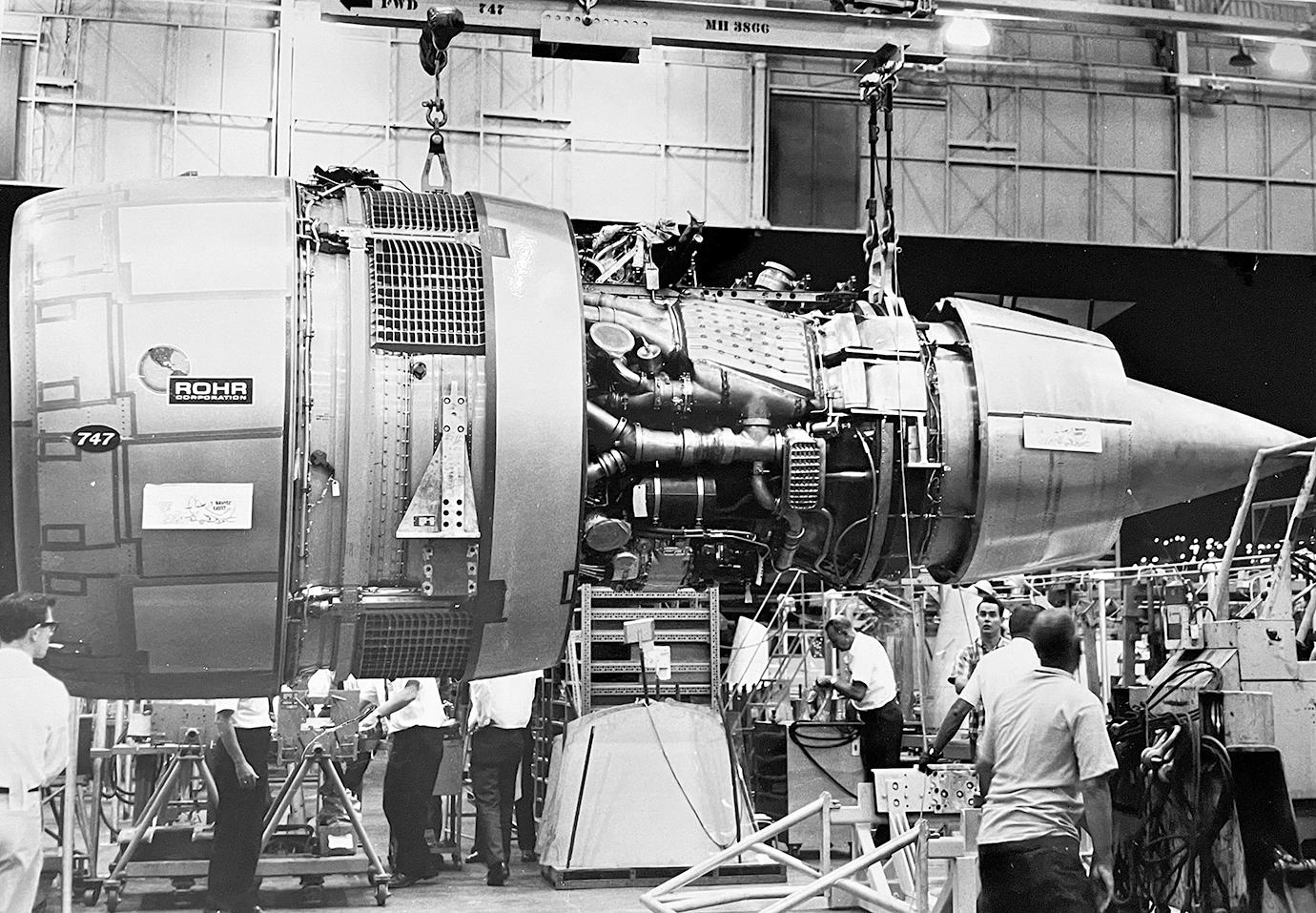
The Enduring Legacy of the Boeing 747 in Aviation Engineering
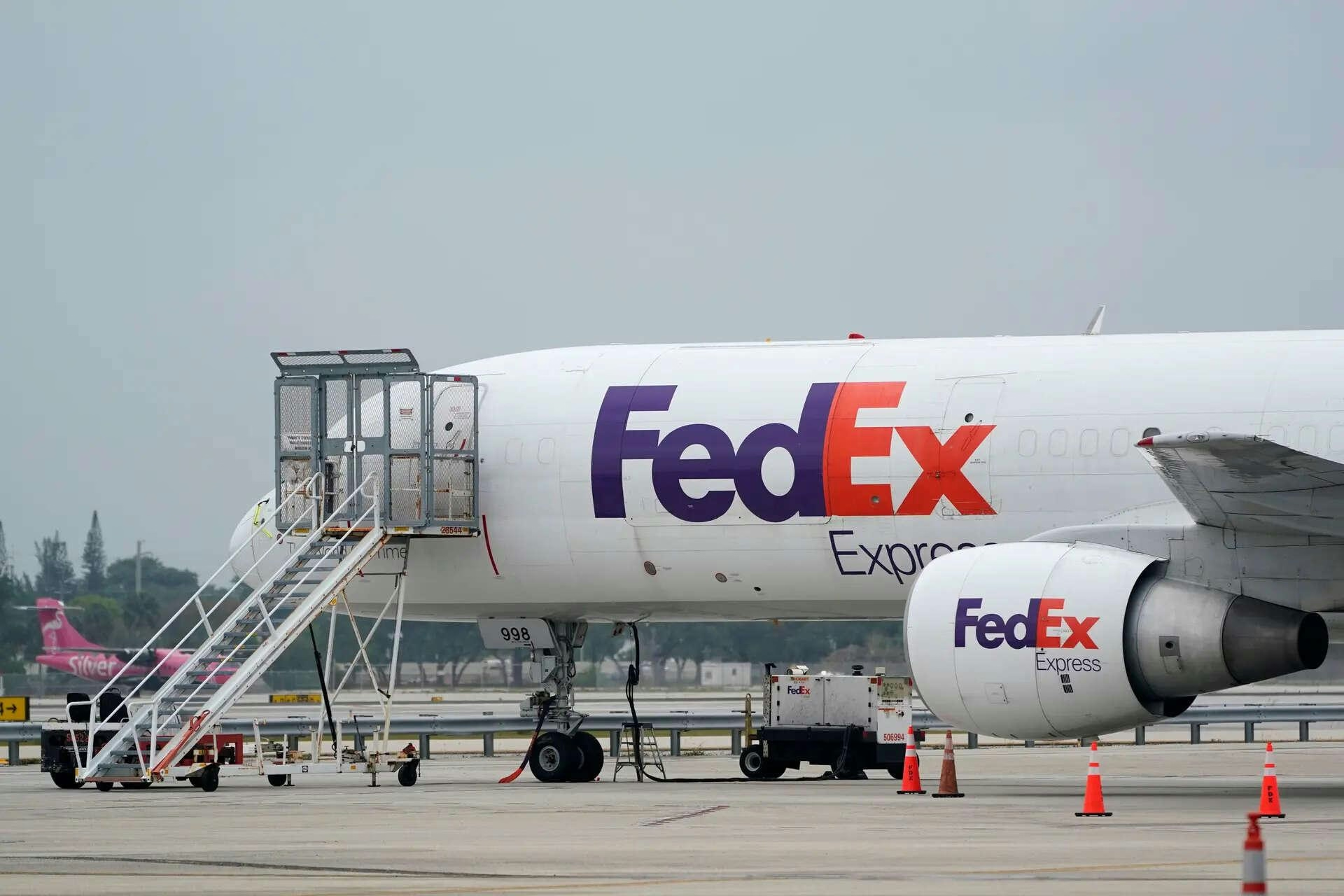
UPS, FedEx ground dozens of aircraft at Boeing’s recommendation
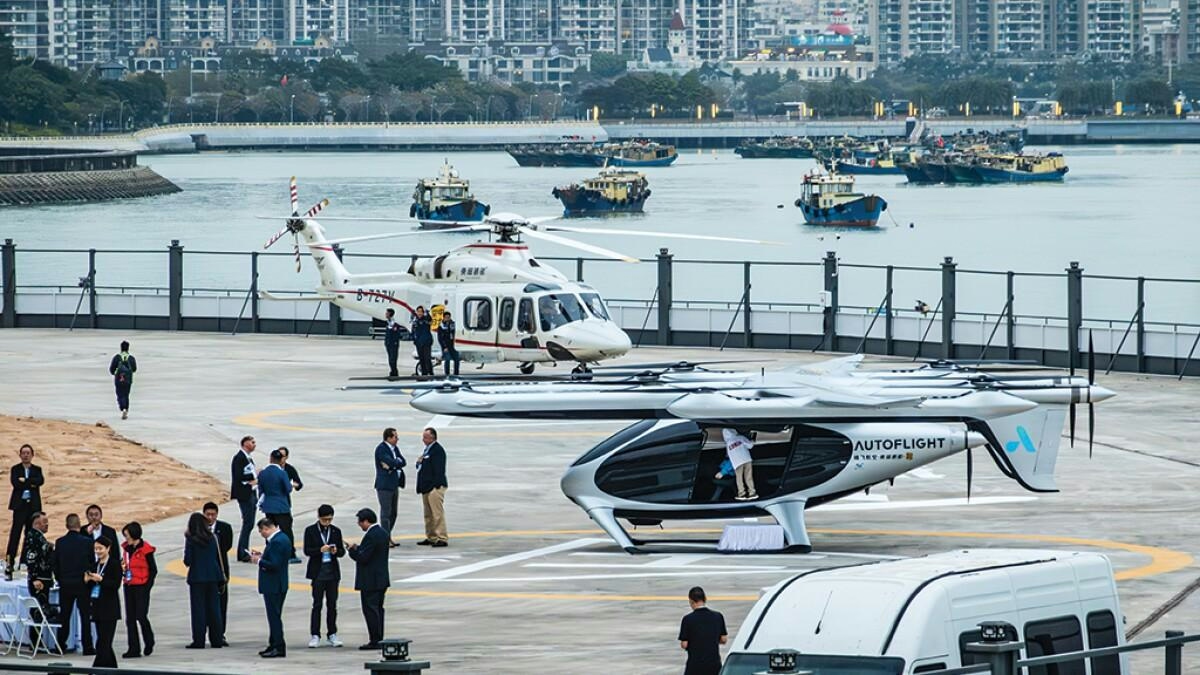
China’s Low-Altitude Economy Expands with Air Taxis and Drone Deliveries

Report Details Fiery History of McDonnell Douglas MD-11’s CF6 Engine

Supreme Court Rules Pilot Not Liable in Air India AI171 Crash
